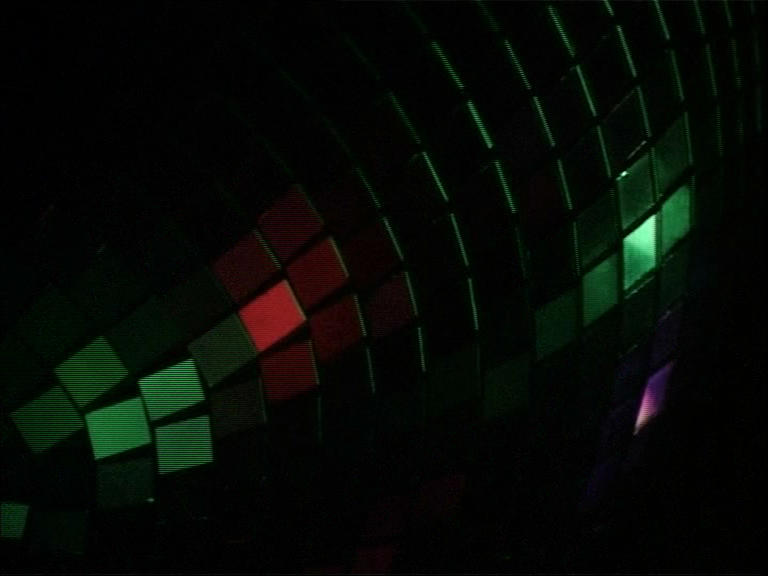In a blog series we present four video works from the exhibition "Brainwashed" in more detail. In short interviews we talked to the four artists about the background and current references of the work shown in the exhibition. In addition to these exciting answers and the video work itself, for the first time they have also provided us with additional material that has inspired their work and which tells us more about the artists' very different ways of working.
Wolfgang Tillmans is currently one of the most significant artists who explores the limits of the medium of photography and at the same time the environment that surrounds us every day. He became known in the 1990s with snapshots and portraits that primarily document the subculture and club scene. In 2000 he was the first non-UK photographer and artist to receive the Turner Prize, which is awarded annually at the Tate Britain.
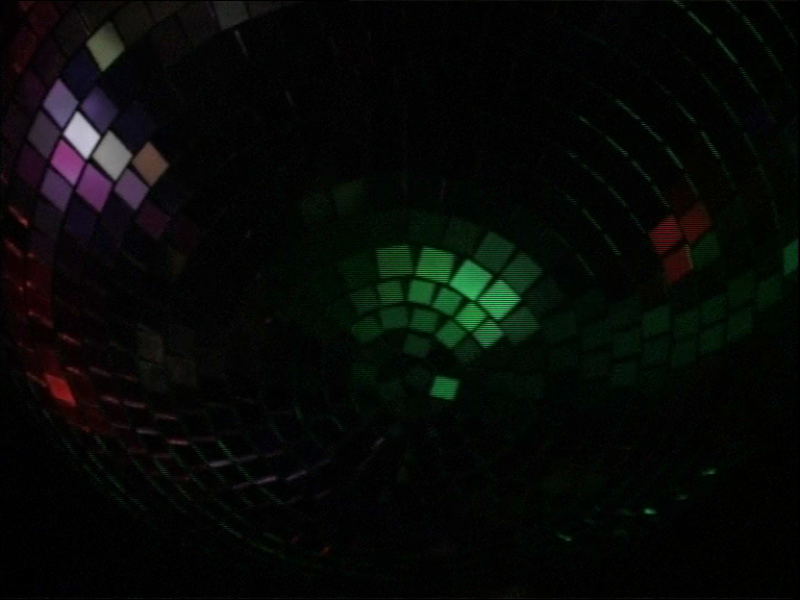
Wolfgang Tillman's video Lights (Body) resounds intensely with a fast beat of melodic electro house music. The beams of light, flashing like a revelation, suggest a techno club, whereby the dancers themselves cannot be seen. The focus is instead on detail shots of spotlights, primary colours dazzling in the reflectors and the play of colours unfurling in a disco ball.
In the 1990s, techno clubs, which originated as sites of an alternative lifestyle culture, increasingly developed into a mass phenomenon, the parties becoming important social events in large cities such as Berlin and London. By way of contrast, in Lights (Body), Tillmanns blocks out the interpersonal and brings the enthralling interaction of music and light to the fore. The exhibition viewer is thus confronted with fundamental questions of physical and visual perception by taking on the role of a club-goer.
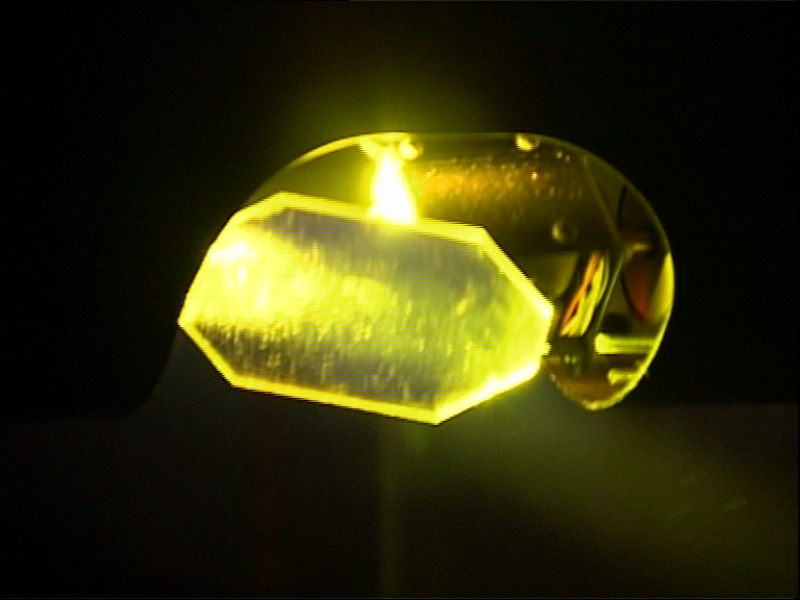
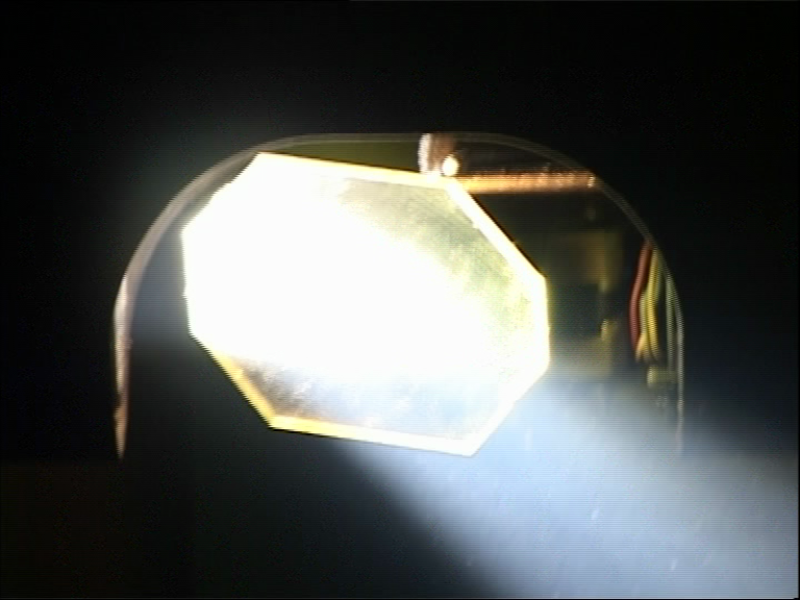
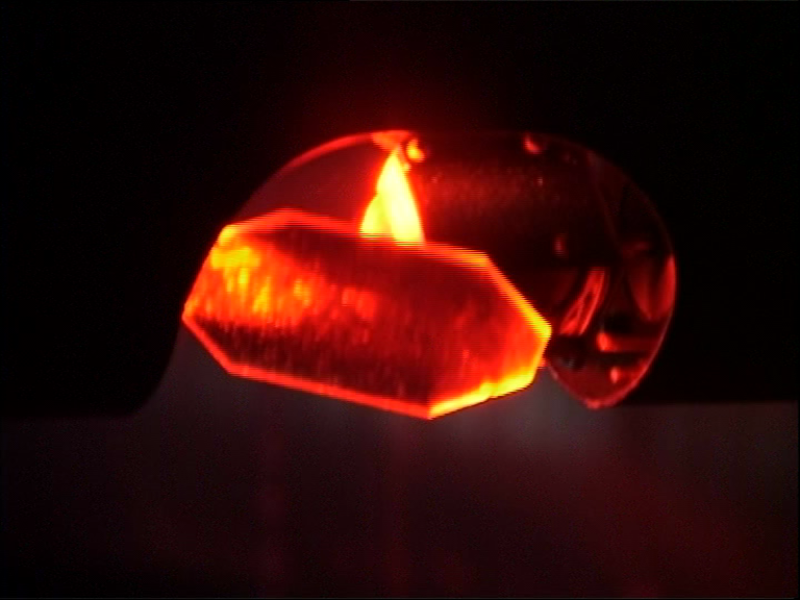
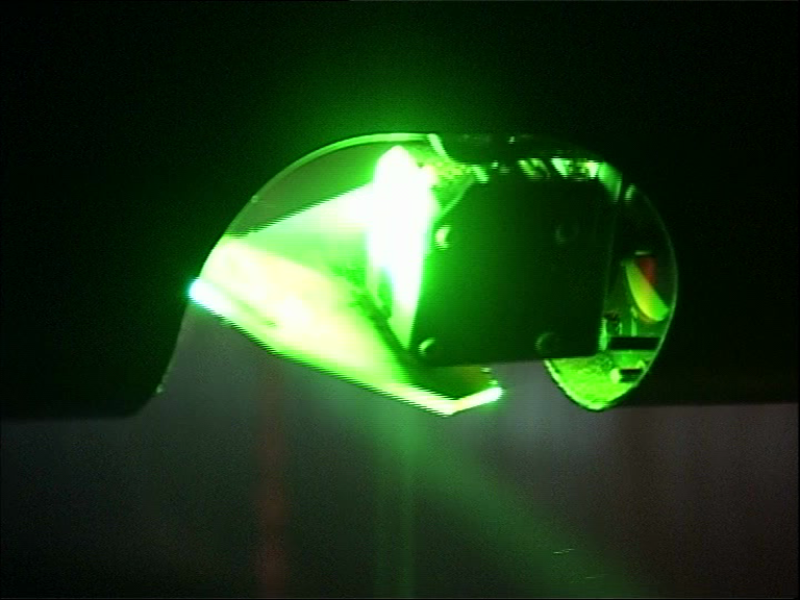
Interview with Wolfgang Tillmans
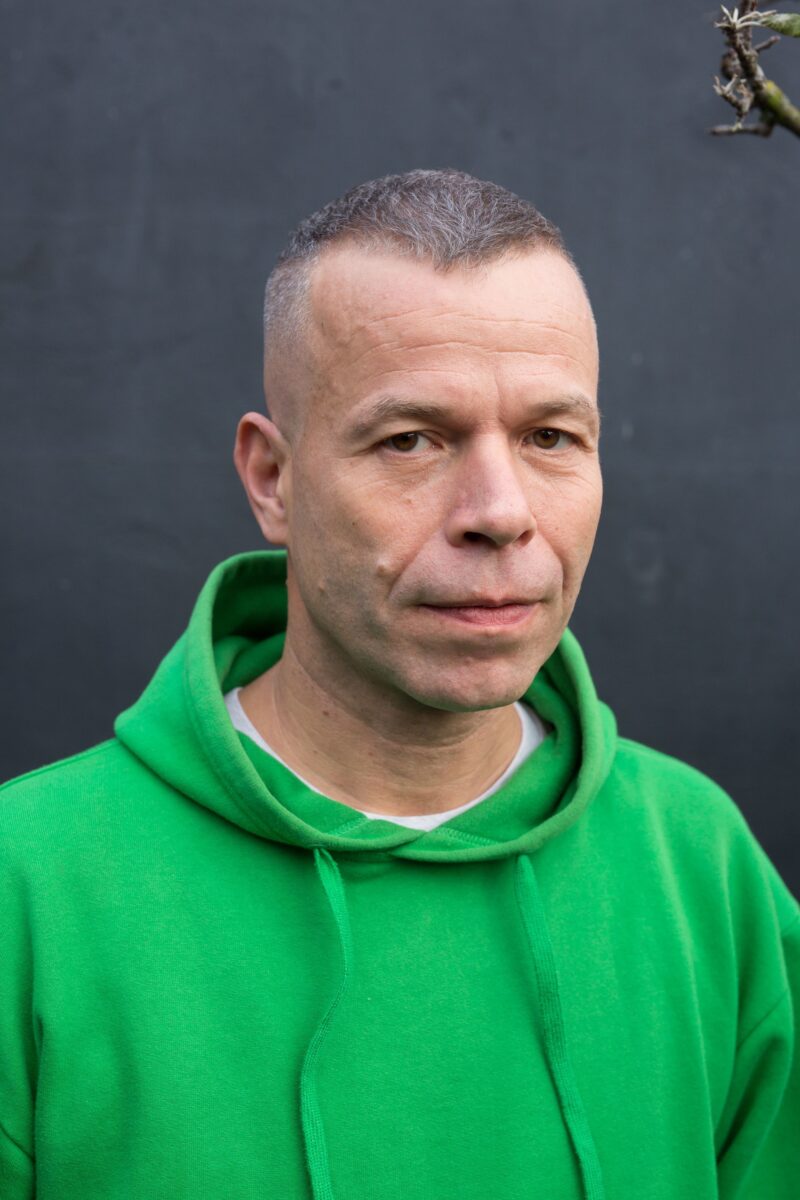
Haus der Kunst: In which context was this work developed? What did motivate you to realize the work?
Wolfgang Tillmans: Lights (Body), 2002, was the first video I exhibited as a stand alone piece. In a way it is this very simple expression of the essence of what I do. It was filmed on a heaving dance floor on a Saturday night, yet you only see the mechanical movements of the lights. While it is a study of light and its abstraction, it is also about all these bodies dancing underneath the lights. The only trace of people are the specs of dust that are sometimes seen flying through the light beams. This particular junction of abstraction and social content is ongoing in my work as is “light” of course and so the video adds this other dimension, like the night club does itself.
Haus der Kunst: What does this work mean to you?
Wolfgang Tillmans: I’ve always thought one of the great things about looking at art is a sense of freedom to move about with your eyes and your thoughts. I try to keep that in my video works by focusing on a simple movement or gesture that has nothing to do with narrative. A night club is an extremely social place: a meeting place, a space of exchanging ideas, of forming relationships and altering perceptions. It’s also a space of beautiful abstraction.
Haus der Kunst: Which songs do you associate with the time you created Lights (Body)?
I experimented with different soundtracks and in the end I chose the ‘Hacker Remix' of Don't be Light by Air, which sounds like an ongoing opening to a song that never quite kicks in. It's all about the promise of excitement, and it also covers a few particular moments in club music history. It could be early eighties, reminding me of the beat of Blue Monday by New Order, but it also falls into the category of 1990's techno music, like a generic club track.
Catherine Wood, curator for Contemporary Art and Performance Art at Tate Modern, wrote on the work presented in the exhibition "Brainwashed":
The delicate machine dance of the moving bulbs and mirrors of Lights (Body), like Tillmans’s choreography of lighting
and video in the Tanks, bathed us in scattered, red, blue, green and yellow beams, disorientating us in a
space of sound and shimmer and obscurity, in which
the line of light from an intelligent lighting system
cut through the blackness to expose particles of
dust within a man-made, machine sublime of sound
signals and artificial light. In this dark room, Tillmans
moved us from the moments of commonly felt
recognition upstairs – the clarity of pictures of things
and people seen – towards a slippery space, a space
in which foci of attention, protocols of behaviour,
how to look, questions of meaning, identity, were
deliberately, and thrillingly, less clear. In this environment,
the interior space of one’s private imagination
seemed to meet with external perception. There
was a feeling that we might be inside each other’s
heads, inside what choreographer Boris Charmatz
has – discussing the theatre stage – described as
a ‘shared braincase’. But we are also appearing
in a communal public space, where, temporarily,
instead of feeling our own boundaries, we make
each other out as shapes in a collective environment.
Excerpt from: Wood, Catherine: "Wolfgang Tillmans: Exposure, and Its Shadow", in: Today Is The First Day, exh. cat. IMMA, Dublin and Wiels, Brussels, pp. 44-55
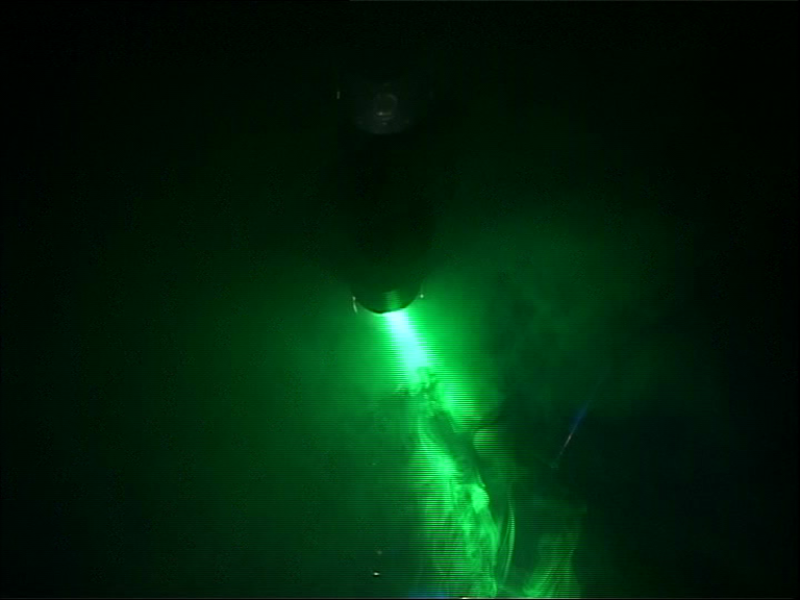
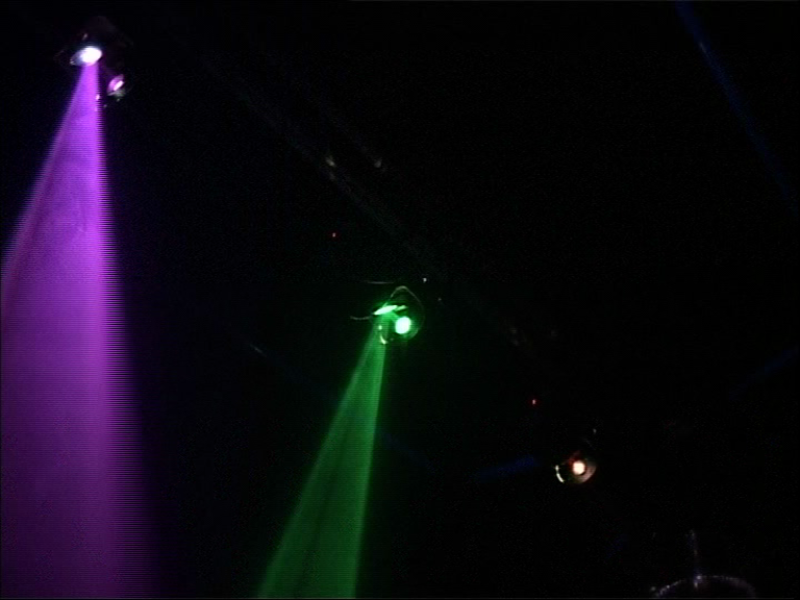
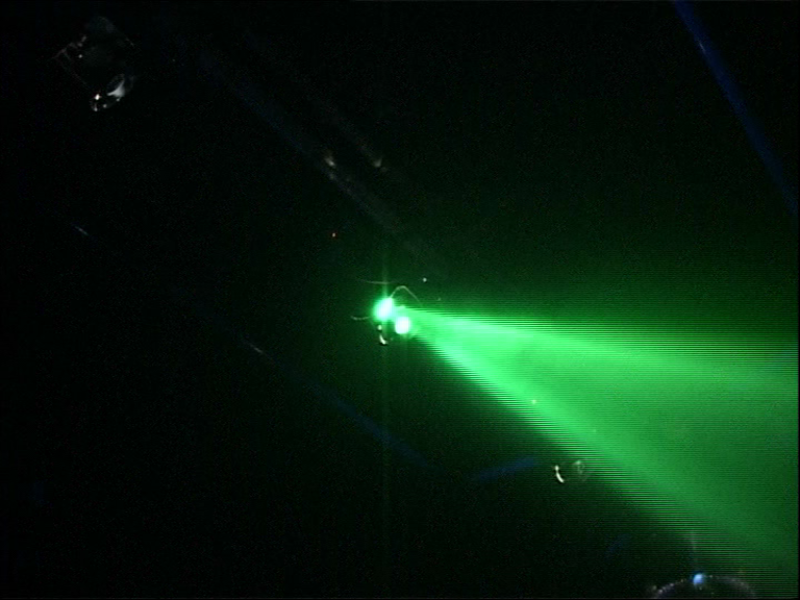
Lights (Body) by Wolfgang Tillmans is currently part of the "Brainwashed" exhibition of the Sammlung Goetz at Haus der Kunst.
